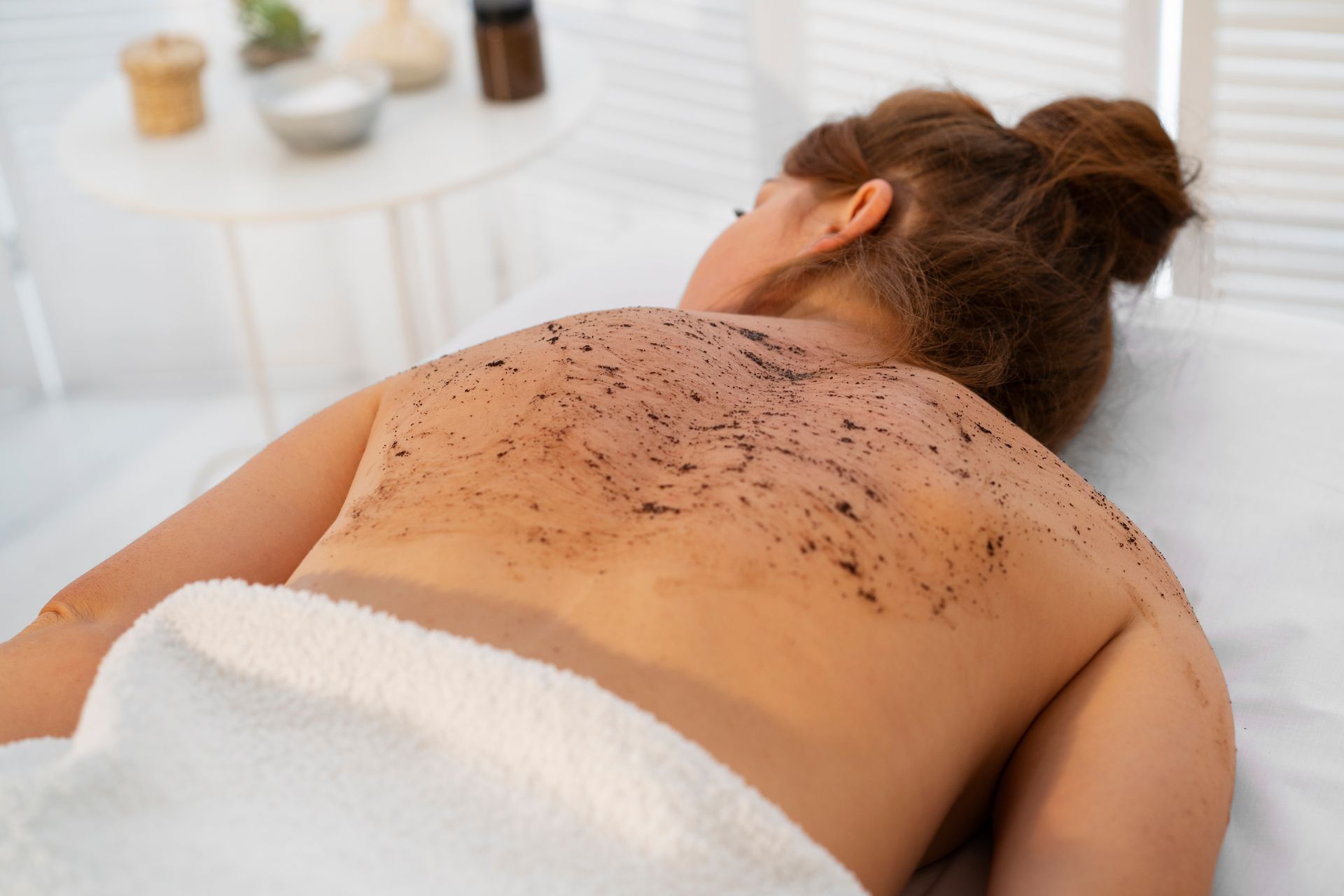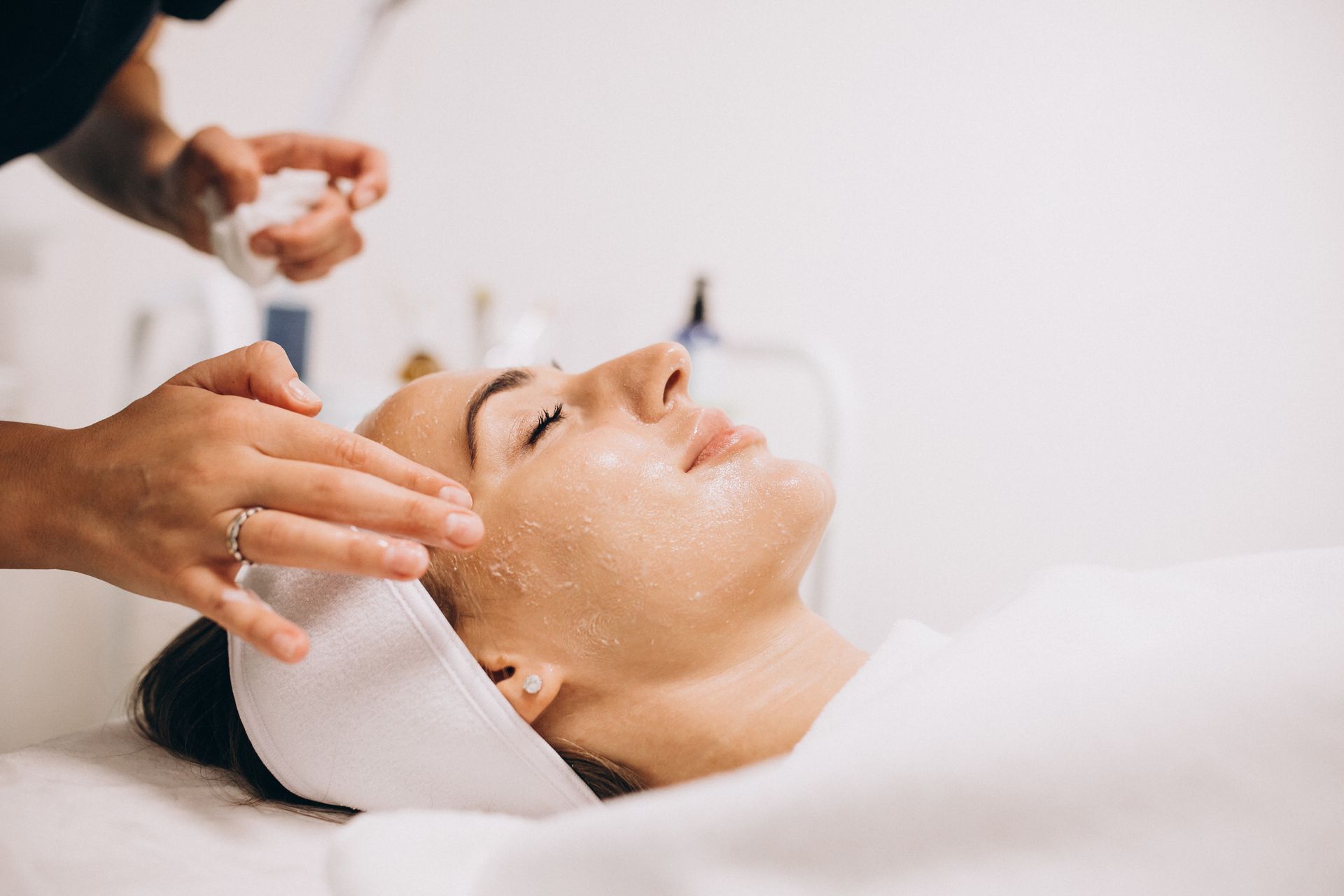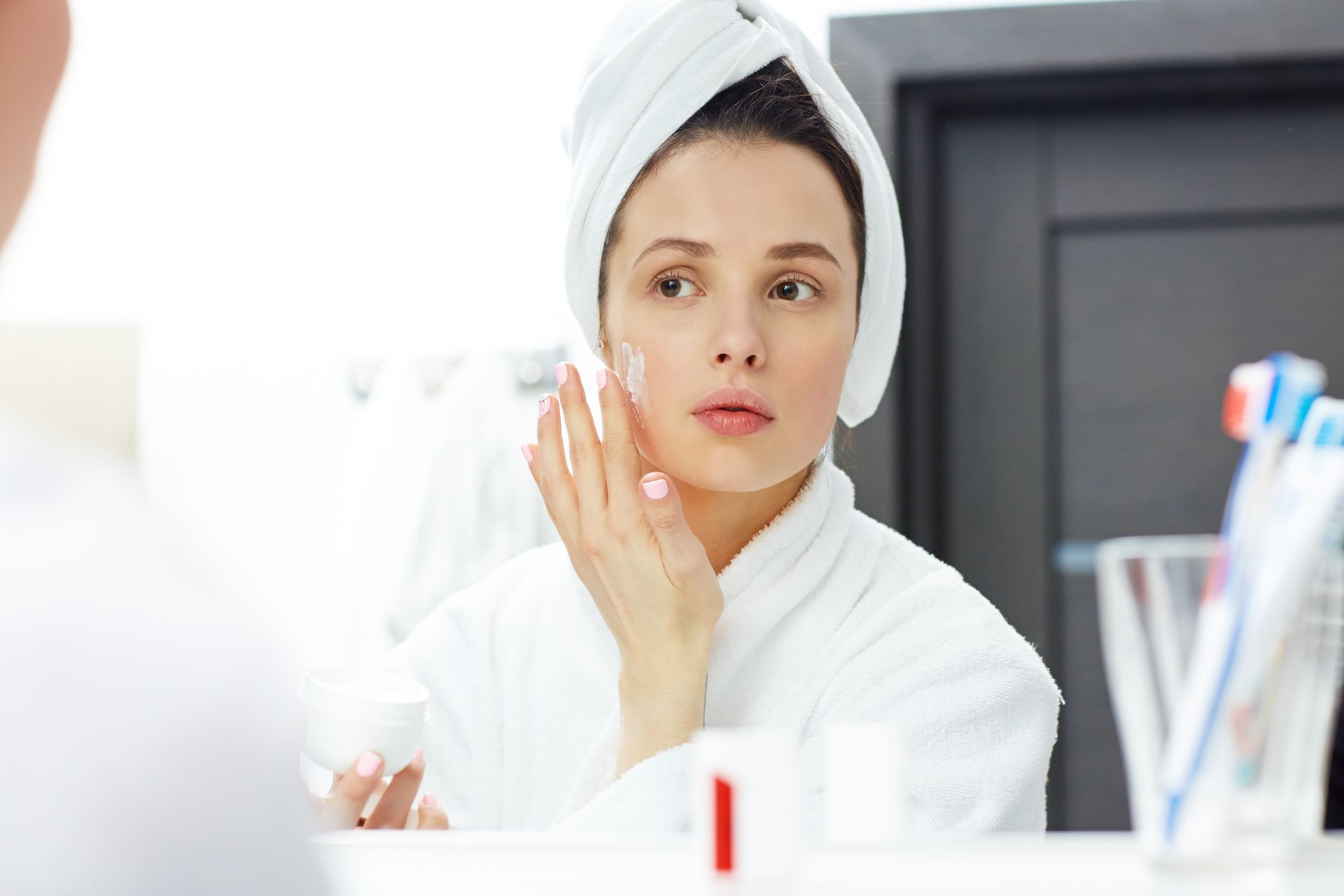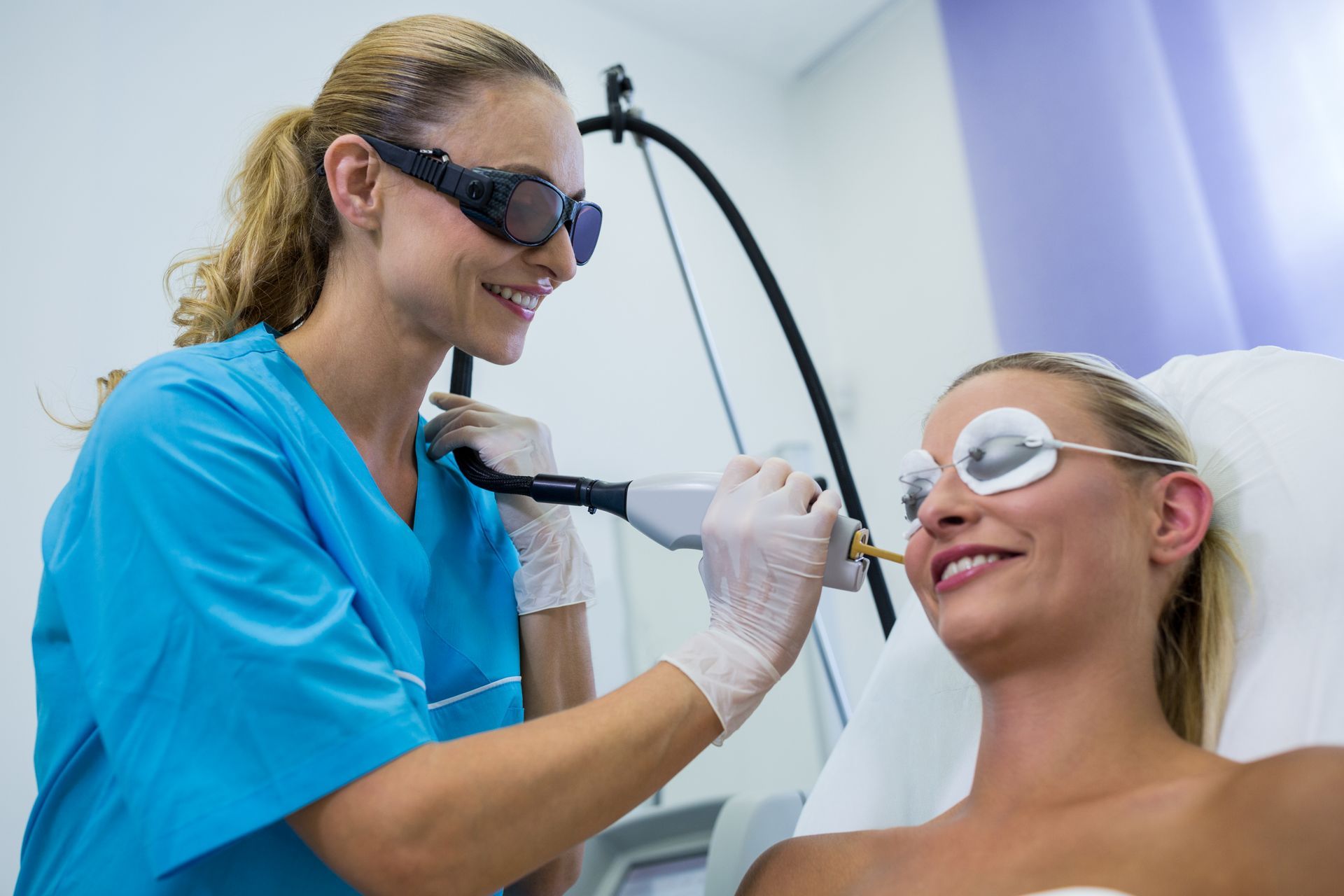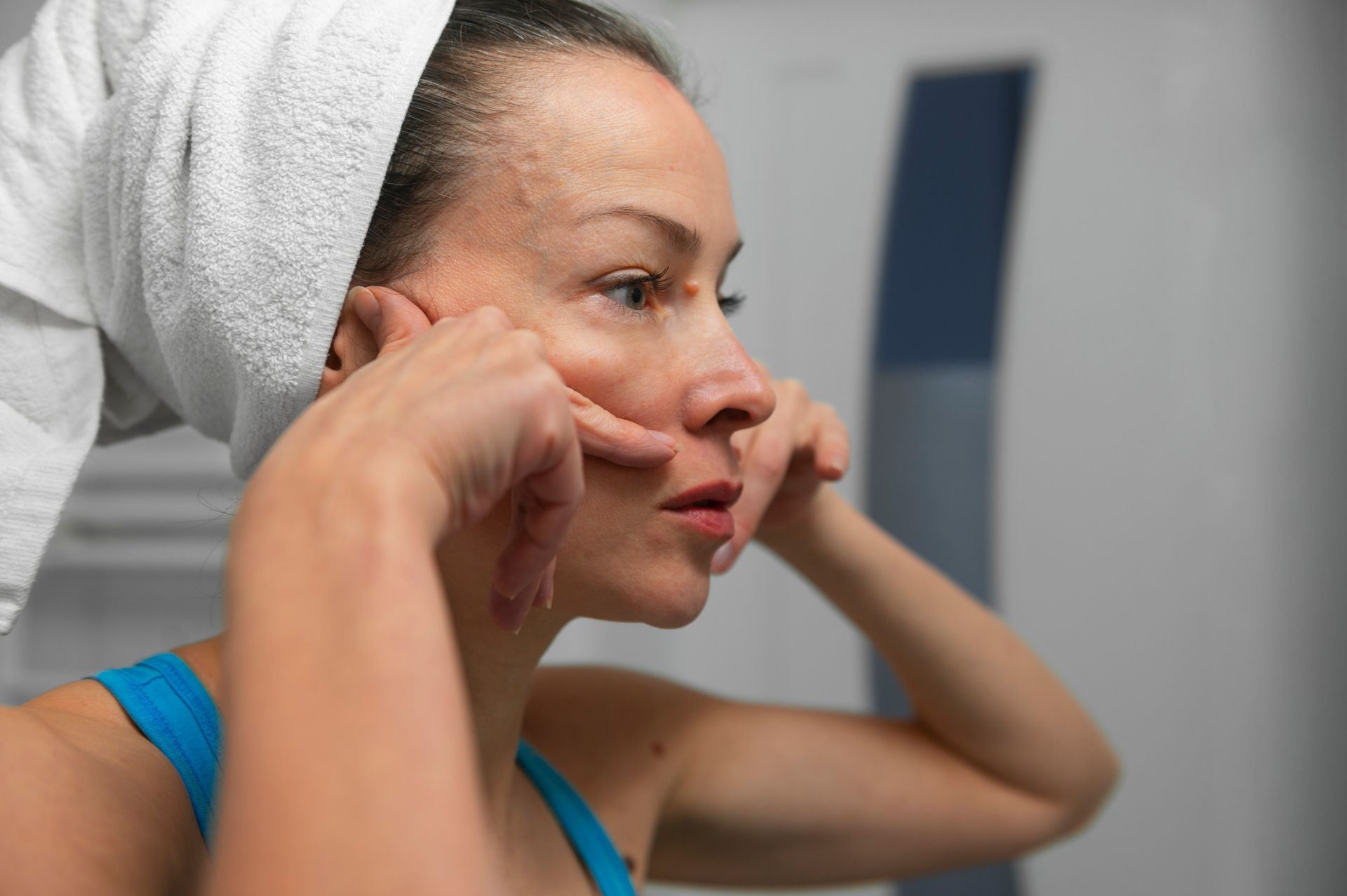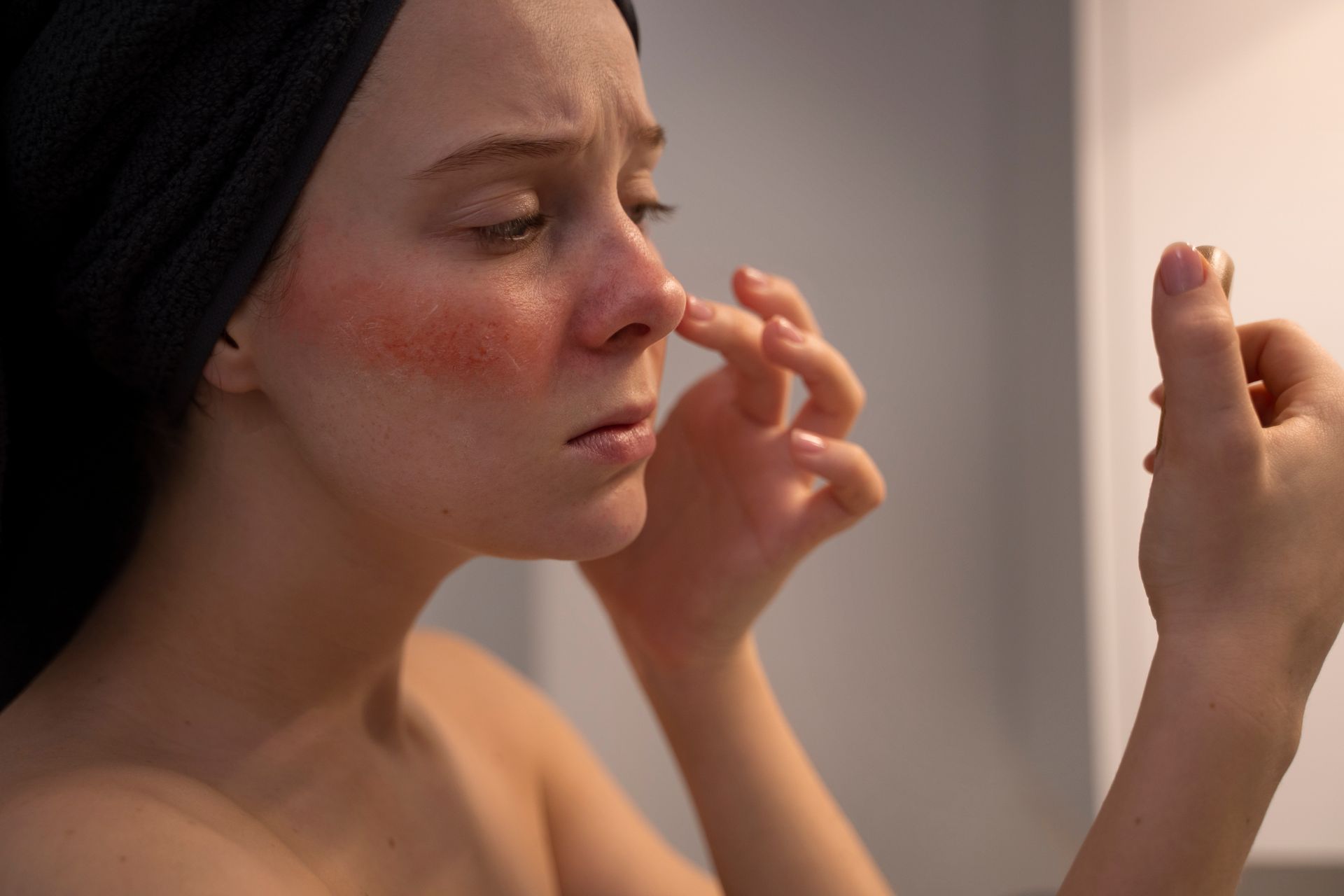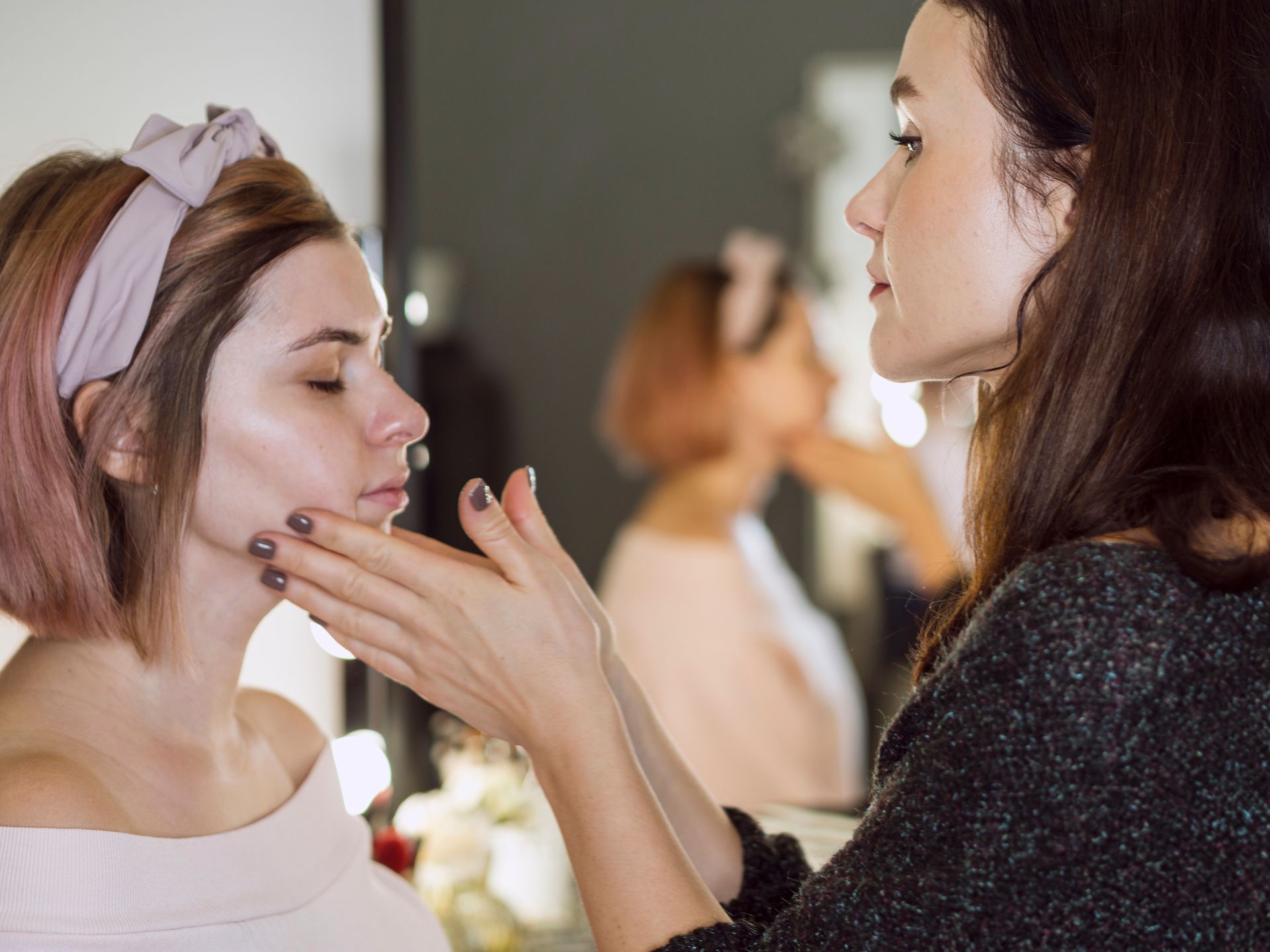Laser Hair Removal Skin Care Tips After Treatment
In a world where the pursuit of smooth, hair-free skin is a common desire, laser hair removal has emerged as a game-changing solution. This innovative procedure has gained immense popularity for its effectiveness in reducing or eliminating unwanted hair, leaving individuals with a newfound sense of confidence and comfort. Yet, the journey to hairless bliss doesn't end with the final laser pulse; it extends into the realm of post-treatment skin care.
Laser hair removal, hailed for its precision and
long-lasting results, involves the use of concentrated beams of light to target and damage hair follicles, inhibiting their ability to regrow. While this technology has revolutionized the way we approach grooming and beauty, it's crucial to remember that the path to radiant, hair-free skin isn't without its unique considerations.
This post aims to guide you through the essential phase of post-treatment skin care, shedding light on the steps and
tips that will help you maintain the smoothness you've longed for. It's not just about what happens during the laser sessions; it's equally about how you care for your skin afterward. As we delve into the intricacies of laser hair removal skin care tips after treatment, you'll discover the secrets to preserving your results, soothing your skin, and enhancing your overall experience. So, let's explore the path to
glowing skin and hair-free skin after laser treatment.
The Importance of Post-Treatment Skin Care
Laser hair removal is a groundbreaking cosmetic procedure known for its efficacy in
achieving long-term hair reduction. This popular treatment has revolutionized the way we approach grooming and beauty, offering a convenient and lasting solution to unwanted hair. However, it's important to recognize that the journey toward hair-free skin doesn't conclude with the last laser pulse. Rather, it extends into the crucial phase of post-treatment skin care, which plays a pivotal role in determining the success and satisfaction of the procedure.
Post-treatment skin care is essential for several reasons, all of which contribute to the overall success and well-being of individuals who undergo laser hair removal. Here are the key aspects that underscore the importance of this phase:
Minimizing Discomfort:
After a laser hair removal session, it's common to experience mild discomfort, redness, and swelling in the treated area. Proper post-treatment care can help alleviate these temporary side effects, ensuring a more comfortable and seamless recovery.
Promoting Healing: Laser hair removal works by targeting hair follicles deep beneath the skin's surface. The skin needs time to heal and regenerate after the procedure. Post-treatment care accelerates this healing process, reducing the risk of complications and adverse reactions.
Preserving Results: The goal of laser hair removal is to achieve long-lasting hair reduction or removal. Neglecting post-treatment care can compromise the results, leading to uneven regrowth or the need for additional sessions. Effective care helps protect your investment in the procedure.
Preventing Complications:
Without proper post-treatment care, there is a risk of developing complications such as hyperpigmentation, scarring, or infection. Following recommended care guidelines can significantly reduce these risks.
Ensuring Safety: Any cosmetic procedure must be performed safely. By adhering to post-treatment care instructions, individuals can ensure their well-being and the overall success of the laser hair removal process.
Preparing for Post-Treatment
Laser hair removal, a highly effective method for achieving smooth, hair-free skin, involves more than just the actual treatment sessions. Proper preparation before and during the post-treatment phase is essential for the best results and a comfortable recovery.
Consultation with a Professional
Before undergoing laser hair removal, it's advisable to schedule a consultation with a licensed and experienced professional. During this consultation, you'll have the opportunity to discuss your treatment goals and receive personalized recommendations based on your unique needs and characteristics. A professional can assess whether laser hair removal is suitable for your skin type and hair color. Not all individuals are ideal candidates, and a consultation helps determine the most effective approach.
The consultation allows you to gain a thorough understanding of the laser hair removal process, including what to expect during and after treatment. This knowledge helps you prepare both mentally and physically. You can use this time to ask any questions or express concerns you may have about the procedure, potential
side effects, and post-treatment care. The professional can provide reassurance and guidance.
Understanding the Healing Process
Having a clear understanding of the healing process after laser hair removal is paramount for proper post-treatment preparation. It's essential to be aware of common temporary side effects, such as redness, swelling, and mild discomfort. Understanding that these are normal and transient can ease any anxieties you may have.
Know that the healing process varies from person to person, but generally, you can expect to see improvements within a few days to a couple of weeks after the treatment. Being patient and realistic about the timeline is crucial. It's important to protect your skin from sun exposure, as it can exacerbate side effects and lead to complications. Sunscreen and protective clothing are your allies in this regard.
Immediate Post-Treatment Care
After undergoing a laser hair removal session, it's essential to provide immediate post-treatment care to ensure a comfortable recovery and optimal results. This phase focuses on three key aspects:
Cooling and Soothing
- As soon as your laser hair removal session is complete, your skin may feel warm and slightly irritated. Using a cool, damp washcloth or a cold compress can help soothe the treated area. Avoid using ice directly on the skin, as it may be too harsh.
- Aloe vera gel is known for its natural soothing properties. Applying a thin layer of aloe vera gel to the treated area can provide immediate relief from any discomfort or heat sensation.
- It's best to avoid hot showers, hot tubs, or saunas immediately after treatment, as they can exacerbate the skin's sensitivity. Opt for lukewarm water instead.
Avoiding Sun Exposure
- Sun exposure can be particularly harmful to the skin in the immediate post-treatment period. Apply a broad-spectrum sunscreen with a high SPF to the treated area if you need to go outdoors. Even a brief exposure to the sun can result in sunburn or hyperpigmentation.
- If possible, wear loose, light-colored, and long-sleeved clothing to shield the treated area from direct sunlight. A wide-brimmed hat can also be a useful accessory to protect your face and neck.
- Whenever possible, try to stay in the shade or indoors for the first few days after your laser hair removal session. This precaution helps reduce the risk of skin damage from UV rays.
Applying Recommended Creams or Ointments
- Your laser hair removal technician or healthcare provider may recommend specific creams or ointments to apply immediately after treatment. These products are usually designed to soothe the skin, minimize redness, and promote healing. Follow their guidance regarding when and how to use these products.
- When applying any creams or ointments, opt for fragrance-free and hypoallergenic products to minimize the risk of skin irritation or allergic reactions.
- Be gentle when applying creams or ointments to avoid unnecessary friction or pressure on the treated skin.
By following these immediate post-treatment care instructions, you can mitigate any discomfort, reduce the risk of complications, and protect your skin from the harmful effects of sun exposure. This diligent care in the hours and days following your laser hair removal session sets the stage for a smooth and successful recovery.
Caring for Treated Areas in the Days Following Treatment
After your laser hair removal session, it's important to maintain proper care for the treated areas in the days that follow. Taking these steps will help you achieve optimal results and a smooth recovery.
Keeping the Area Clean:
Gently cleanse the treated area with a mild, fragrance-free cleanser to remove any sweat, bacteria, or residue. It is best to avoid soaps that contain harsh ingredients or are scented.
Avoiding Excessive Heat:
Steer clear of hot baths, saunas, and activities that make you excessively sweat. Heat can exacerbate post-treatment sensitivity, so opt for cooler showers and environments.
Staying Hydrated:
Proper hydration is essential for overall skin health. Drink plenty of water to keep your skin hydrated from the inside out, aiding in the healing process.
Gentle Exfoliation and Moisturizing:
In the days following treatment, you can gently exfoliate the area with a soft washcloth to help prevent ingrown hairs. Apply a fragrance-free moisturizer to keep the skin hydrated, but avoid products with harsh chemicals or scents that could irritate the skin. As your skin recovers from laser hair removal, you can keep it clean, protected, and hydrated by following these guidelines. This thoughtful care will help you achieve the best possible results and maintain the health of your skin.
Potential Side Effects and How to Manage Them
Laser hair removal, while highly effective, can be associated with some temporary side effects. Understanding and knowing how to manage these side effects is crucial for a smooth post-treatment experience. Here are the most common side effects and their management:
Redness and Swelling
Redness and swelling are common after laser hair removal due to the heat generated during the procedure. This usually subsides within a few hours to a few days. To reduce redness and swelling, you can apply a cold compress to the affected area. Over-the-counter anti-inflammatory creams, if recommended by your provider, can also help. Avoid hot showers and excessive heat, which can exacerbate these side effects.
Itching or Discomfort
Itching or discomfort may occur as the skin heals post-treatment. It's a natural part of the process. To manage itching or discomfort, applying a soothing, fragrance-free moisturizer can provide relief. Aloe vera gel is also known for its cooling properties and can be beneficial. Avoid scratching or rubbing the treated area to prevent further irritation.
Temporary Changes in Skin Pigmentation
Laser hair removal can sometimes lead to temporary changes in skin pigmentation, such as darkening (hyperpigmentation) or lightening (hypopigmentation). These usually fade over time. Sun protection is crucial to prevent further pigmentation changes. Apply sunscreen with a high SPF, wear protective clothing, and avoid excessive sun exposure. In most cases, the pigmentation changes will gradually resolve as your skin heals.
It's important to note that these side effects are usually mild and temporary. However, if you experience severe or prolonged side effects, it's essential to contact your laser hair removal provider for guidance and evaluation. By being proactive in managing these side effects, you can ensure a more comfortable and successful post-treatment period.
Long-Term Post-Treatment Care
While immediate post-treatment care is essential for soothing and healing the skin, long-term post-treatment care is equally important for maintaining the results of your laser hair removal and the overall health of your skin. Here are the key aspects to consider for long-term post-treatment care:
Protecting Skin from UV Rays:
Even after the initial recovery period, protecting your skin from the sun is paramount. The treated areas can be more sensitive to UV rays, which can lead to pigmentation changes. Use a broad-spectrum sunscreen with a high SPF and reapply it regularly, especially when you're outdoors. Sun-protective clothing, like hats and long sleeves, can also provide added defense.
Regular Moisturization:
Keeping your skin well-hydrated is essential for maintaining its health and appearance. Continue to use a gentle, fragrance-free moisturizer on the treated areas to prevent dryness and maintain skin elasticity. Moisturizing your skin also helps reduce the risk of irritation and itchiness.
Hair Growth Monitoring:
Pay attention to the regrowth of hair in the treated areas. Laser hair removal is designed to provide long-term hair reduction, but occasional touch-up sessions may be necessary as some hair follicles can become active again over time. Monitoring your hair growth allows you to schedule touch-ups as needed to maintain your desired results.
Follow-Up Appointments: Depending on your unique hair and skin characteristics, your provider may recommend periodic maintenance sessions. These appointments are vital for keeping your results consistent. Follow your provider's advice and schedule these sessions as suggested.
By incorporating these long-term post-treatment care practices into your routine, you can protect your investment in laser hair removal, ensure that your skin remains healthy, and enjoy the enduring benefits of smooth, hair-free skin. Proper care is the key to a lifetime of confidence and satisfaction.
Conclusion
Post-treatment skin care is an indispensable aspect of the laser hair removal journey, representing the bridge between the procedure and the attainment of long-lasting, hair-free skin. It not only eases the immediate discomfort but also safeguards against potential complications while preserving the efficacy of the treatment. By following these care tips, you embark on a path to radiant, confident, and hair-free skin, celebrating the transformation that laser hair removal can offer.
BOOK YOUR FREE SESSION
